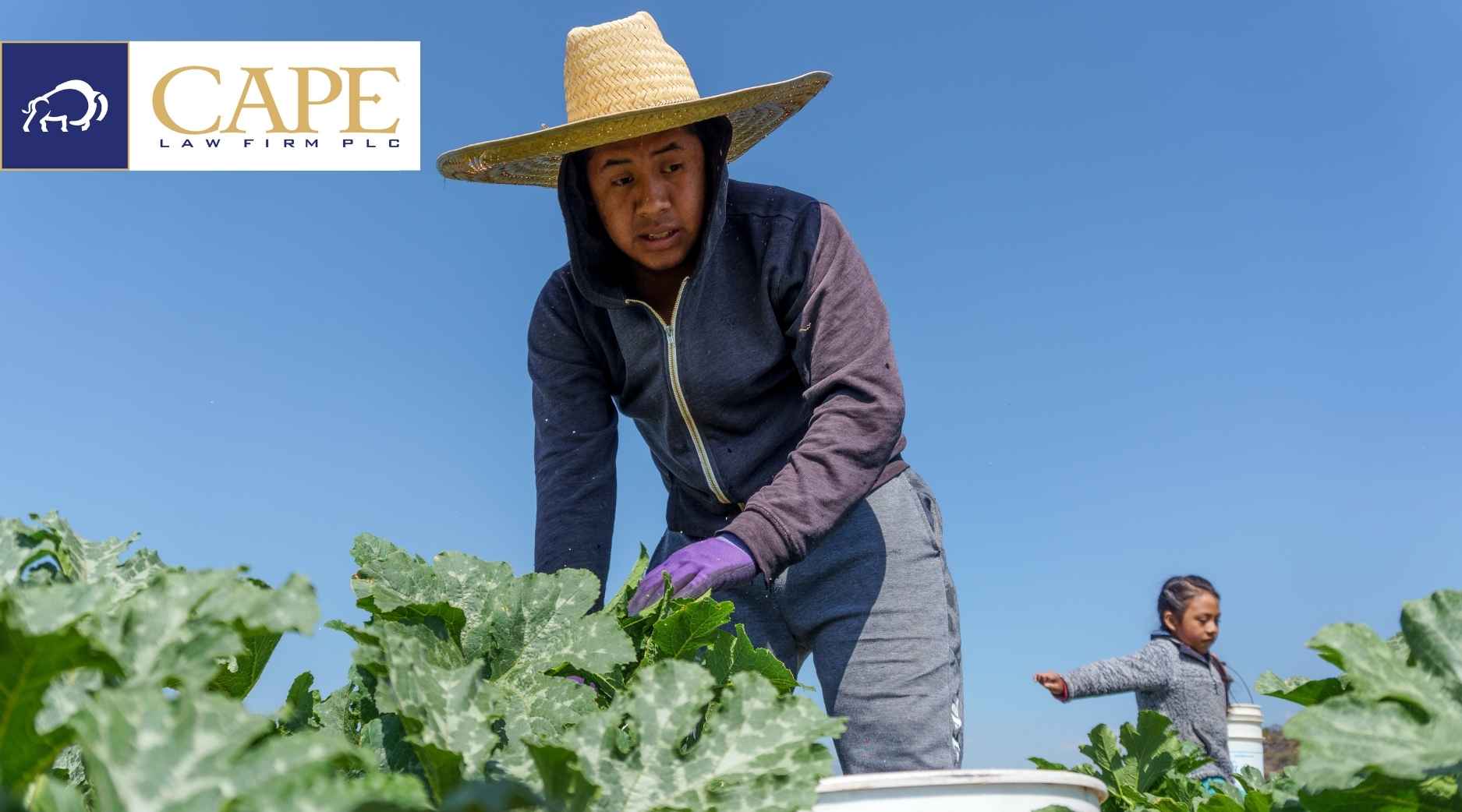Might the Government March-In to Control Federally Funded Inventions?
Federal funding has historically been a major driver of U.S. innovation which has funded innumerable inventions over the years, especially at universities and small research institutions. But until the Bayh-Dole Act of 1980, many federally funded inventions went unused because the government either retained ownership or required inventors to assign ownership of the inventions to the government. The Bayh-Dole Act largely cured this problem by allowing inventors to own federally funded inventions or obtain exclusive licenses. However, the Act also gave the government potentially powerful “march-in” rights to patented inventions, i.e., the right to require the owner (or an exclusive licensee) to grant additional licenses to other applicants on reasonable terms. However, up until now, no federal agency has ever exercised march-in rights.
The government’s reluctance to exercise march-in rights is poised to change, possibly in dramatic fashion, as part of President Biden’s agenda to rein in prescription drug prices. The Administration recently announced that it is considering a new framework for exercising march-in rights for federally funded inventions, particularly drug inventions, including the right to consider prices and terms of sale of patented products to consumers. Put simply, the Feds are looking to stretch their legs and actively manage federally funded inventions, including those that have already been licensed.
Although this policy change is targeted at prescription drugs, it could reach far beyond. For example, many agricultural innovations are developed at universities with federal funding. The fear is that it will become more difficult to commercialize these inventions if the government is likely to step in to force additional licensing.
You can read more about the proposed policy changes in the National Institute of Standards and Technology’s (NIST) recently released Draft Framework for march-in rights. The NIST is seeking public comments on the Draft Framework until February 6, 2024.
Insights from a Farmer Panel
(Part 2)
Last week we started discussing some of the insights gleaned from a panel of farmers at the annual conference of the Independent Professional Seed Association. The purpose of the panel was to gain insights into what things might motivate farmers to consider purchasing from independent seed companies. The discussion was also a sort of snapshot into the state of modern agriculture. Among the attributes of the panel members were:
- All were located in the Midwest and primarily produced corn and soybeans.
- Each worked on a multi-generational farm, ranging from the 3rd to the 7th generation that had taken over the operation built by previous generations.
- Each farmed more than 5,000 acres, which would generally be considered a large operation.
- All had various family members involved in ownership and day-to-day management.
- All were seed growers.
Another common thread that emerged as the panel answered questions, was that they each were interested in “opportunities.” This theme emerged in response to questions about what could independent seed companies do to earn their business. The panel indicated that their current vendors, particularly seed suppliers, provided “opportunities” to make better returns. By way of example, each of the panel members recently grew Plenish soybeans, an identity-preserved program for high-oleic soybeans which could earn the growers a significant premium (over $2.00/bushel in some areas in 2023). This was interesting since each of the panel members was also a seed grower – i.e., they were already getting “opportunities” from their current vendors. As a seed grower, you get the ability (i.e., opportunity) to earn more revenue from premiums or seed sales. While I am speculating a bit, it also seemed like this panel expected to be offered these sorts of additional opportunities. In other words, these farmers were in a position to flex some economic muscle to extract special opportunities from their vendors. This is smart business – after all, not everyone can be a seed grower (or participate in a Plenish program). So, is commodity production strictly a business, just like any other business? Are traditional notions of farms and farming antiquated, like some sort of romanticized version of Little House on the Prairie? Maybe. Will the economic divide between the haves and the have-nots continue to grow? Almost certainly. So what should a business-minded commodity producer do to carve a profitable path in a very crowded market? Something worth pondering.





